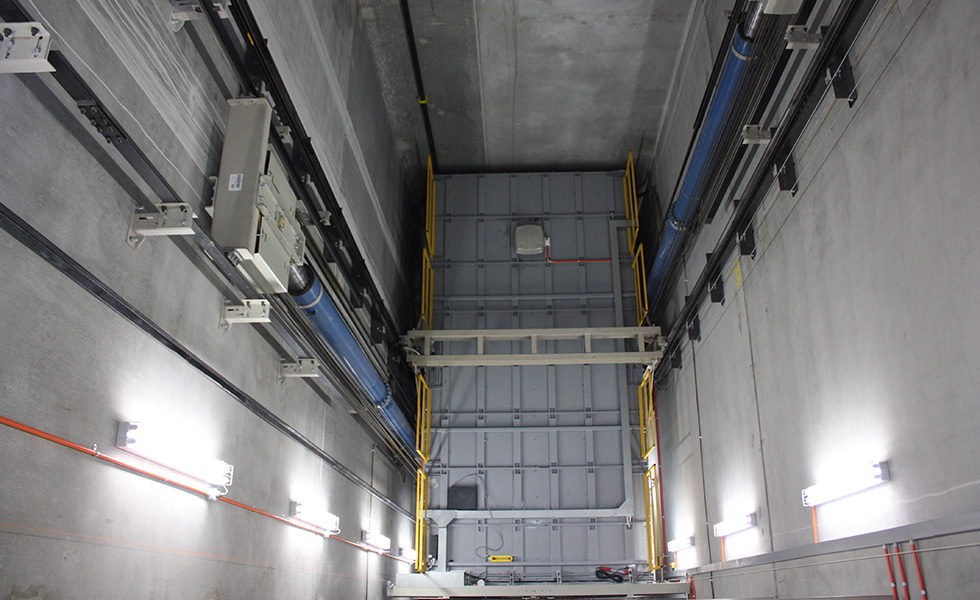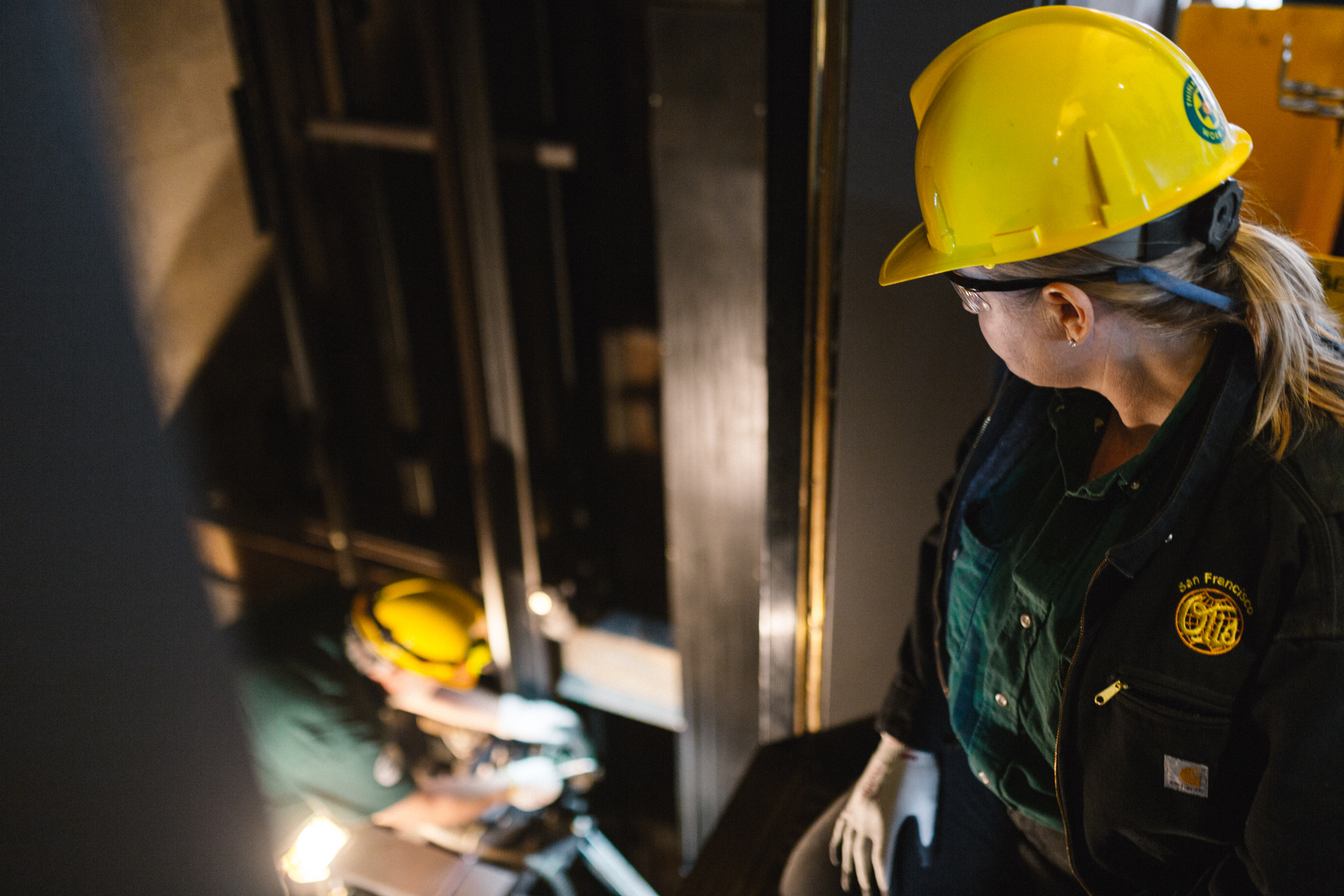Relied On Lift Maintenance Repair Solutions for Reliable Procedure
Relied On Lift Maintenance Repair Solutions for Reliable Procedure
Blog Article
Pro Tips for Keeping Your Lift in Top Problem: A Detailed Introduction
Guaranteeing the ideal performance of a lift system is imperative for a reliable and secure operation in numerous settings, from industrial storehouses to business buildings. By adhering to a structured upkeep routine and preemptively dealing with possible problems, lift owners can reduce costly downtime and safety threats.

Significance of Routine Maintenance
Routine maintenance of your lift is crucial to ensure its optimum efficiency and longevity. By adhering to a routine upkeep routine, you can determine and deal with prospective concerns prior to they rise right into expensive repair work or unanticipated downtime. Regular upkeep jobs such as lubricating moving parts, checking for wear and tear, and inspecting hydraulic systems can help stop malfunctions and guarantee risk-free operation.
Disregarding regular upkeep not just compromises the efficiency of your lift but additionally postures security risks to customers and residential or commercial property. Parts that are not appropriately kept may fail all of a sudden, causing mishaps or damages to the lift itself. Moreover, resolving problems at an early stage via upkeep can extend the lifespan of your lift and minimize the possibility of major failures.
In addition to boosting safety and performance, routine maintenance can also save you cash in the future. By buying preventative maintenance actions, you can avoid expensive fixings or replacements that may develop from neglecting the upkeep of your lift. Generally, prioritizing normal maintenance is important for making the most of the capability and long life of your lift system.
Leading Components to Inspect

Additionally, pay close attention to the lift's security features, such as emergency stop switches, safety sensors, and interlocking devices, to ensure they are operating correctly. Routinely examine the lift shaft for debris or blockages that can impede the movement of the lift vehicle.
Positive Troubleshooting Methods
By tracking metrics such as lift speed, motor temperature level, and energy usage, maintenance groups can recognize early indications of potential issues and take corrective actions prior to they intensify. Furthermore, executing a preventive maintenance timetable that includes lubrication of moving components, testing of emergency situation brakes, and calibration of sensors can proactively attend to common lift system issues.
Moreover, purchasing training programs for maintenance team on repairing strategies certain to the lift model mounted can empower them to identify and solve concerns promptly. By remaining in advance of potential problems with proactive troubleshooting, lift operators can make sure a smoother and a lot more reliable procedure while lessening the danger of unexpected malfunctions.
Vital Lubrication Practices
Executing proper lubrication practices is important for guaranteeing the smooth procedure and long life of lift systems. Normal lubrication helps lower friction in between moving parts, stopping deterioration that can bring about pricey repair services and downtime. When it comes to raise upkeep, complying with a strict lubrication schedule is essential.
Picking the ideal lube is the very first step in effective upkeep. Different elements of the lift system may need certain sorts of lubes, such as oil or oil. Speak with the manufacturer's guidelines to identify the ideal lubricants for each component.

Deal with any problems quickly to avoid more damages and make certain the ongoing smooth procedure of your lift system. By prioritizing correct lubrication techniques, you can prolong the life expectancy of your lift and optimize its performance.
Safety And Security Procedures for Lift Operators
In order to preserve a secure working setting and support operational efficiency, lift operators have to rigorously stick to recommended safety and security methods, alongside prioritizing necessary lubrication methods for ideal lift performance. Safety procedures for lift drivers are vital to protect against accidents and make certain the smooth performance of look at this website the lift system.
Moreover, lift operators must focus on individual protective equipment (PPE) such as helmets, gloves, and security harnesses when operating get more at heights or dealing with hefty lots. Clear interaction among operators, upkeep technicians, and various other personnel is vital to stop misunderstandings that might bring about accidents. Last but not least, operators must remain attentive, focused, and avoid interruptions while running the lift to ensure the safety and security of themselves and others around.
Conclusion
In conclusion, maintaining a lift in leading condition is essential for ensuring security and effectiveness in operations. Regular upkeep, comprehensive evaluations of essential components, aggressive troubleshooting, proper lubrication techniques, and adherence to precaution are important for prolonging the life-span of the lift and stopping accidents. By complying with these standards, lift drivers can guarantee the ongoing functionality and security of their tools.
By adhering to a structured upkeep regimen and preemptively attending to possible problems, lift proprietors can reduce pricey downtime and safety risks. Consistently inspect the lift shaft for particles or blockages that could hinder the activity of the lift auto.In order to preserve a risk-free working atmosphere and support functional performance, lift operators need to rigorously adhere to recommended safety and security procedures, alongside focusing on necessary lubrication practices for ideal lift performance. Safety steps for lift operators are critical to protect against accidents and make sure the smooth functioning of the lift system. Normal maintenance, comprehensive inspections of vital parts, aggressive troubleshooting, proper lubrication methods, and adherence to safety and security actions are important for extending the life expectancy of the lift and preventing crashes.
Report this page